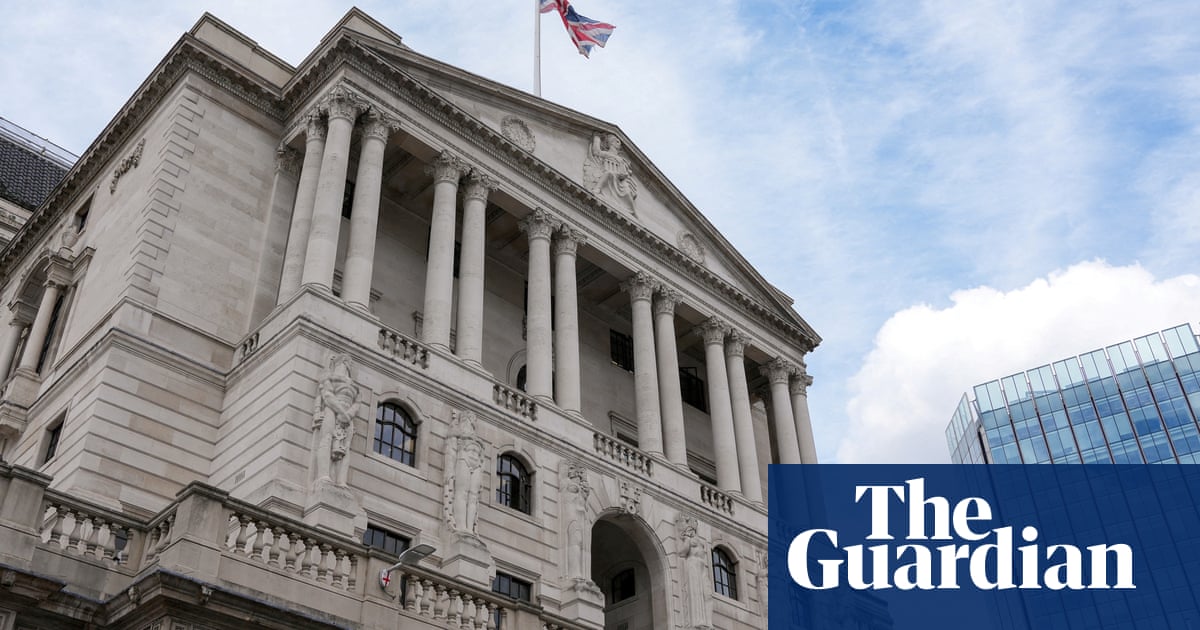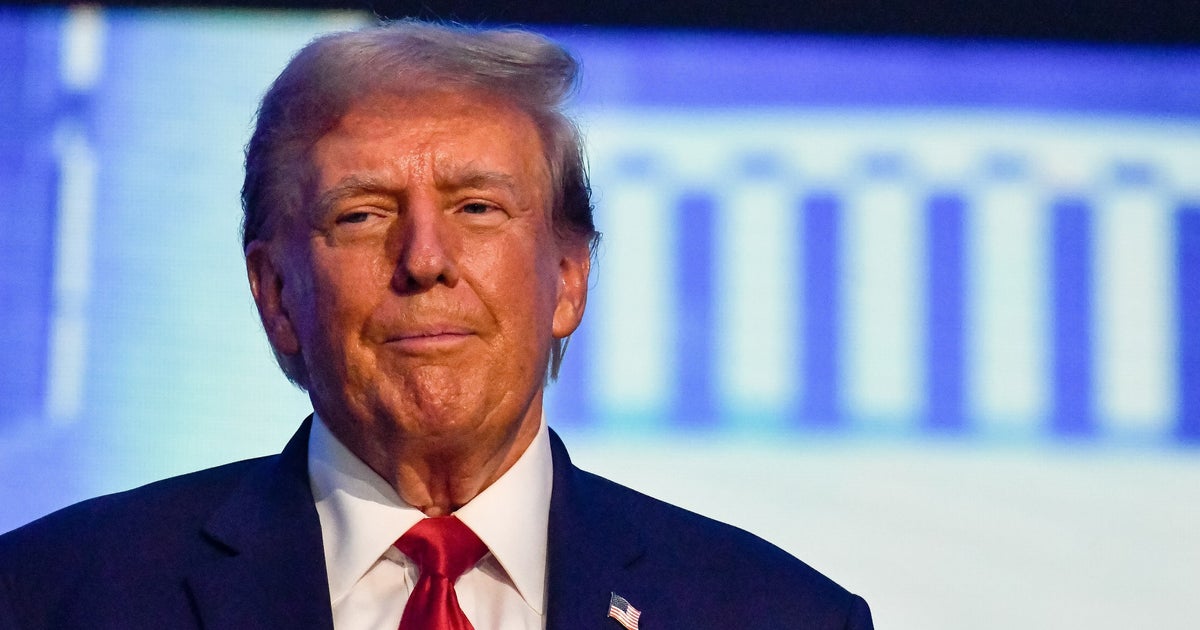Bank of England policymakers signalled at least three interest rates cuts this year after seeing “encouraging signs” of falling inflation, as they kept interest rates on hold at 5.25% for a fifth time.
Financial markets expect three 0.25 percentage point cuts in interest rates this year – with the first one expected in June – and the Bank said its own survey of financial companies found that they expected the same drop to 4.5% before the end of 2024.
The signal from the Bank’s rate setting monetary policy committee (MPC) comes after a sharp fall in inflation in recent months, to 3.4% in February. That is still above the Bank’s 2% target, but well below a peak of 11.1% in October 2022.
Eight members of the MPC voted to hold rates, while one – Swati Dhingra – voted for a 0.25 percentage cut to 5%. It was the first time since September 2021 that no one on the MPC voted for a rate rise.
Andrew Bailey, the Bank’s governor, said: “In recent weeks we’ve seen further encouraging signs that inflation is coming down. We’ve held rates again at 5.25% because we need to be sure that inflation will fall back to our 2% target and stay there.
“We’re not yet at the point where we can cut interest rates, but things are moving in the right direction,” he added.
The MPC said it expected economic growth to begin picking up in the second quarter of the year after national output, as measured by gross domestic product (GDP) shrank in the second half of 2023, pushing the UK into recession.
Businesses are on course to raise investment levels and higher disposable incomes will increase the demand for goods and services.
Higher growth would normally increase the pressure on prices, but the government’s cut in fuel duty in addition to recent falls in the price of energy and food is expected to push inflation below 2% in the second quarter.
Inflation is expected to rise again later in the year as the effects of cheaper imported goods and energy wane on the average increase in prices.
An escalation of the conflict in the Middle East remained a big risk to prices, the central bank said after attacks on shipping in the region emphasised the vulnerability of UK imports and exports.
In a letter to Jeremy Hunt to explain why inflation remained above 3% despite high interest rates, Bailey said the decline in inflation “continues to be driven by an easing in external cost pressures while domestic inflation pressures remain more persistent”.
A report by the central bank’s regional agents found that it was becoming easier for employers to find staff and pay demands had moderated.
They said: “Recruitment continues to get easier for most [employers]. Some businesses have started to move away from labour hoarding due to a loosening in the labour market.”
However pay remained elevated and there was little sign of wages growth falling by more than the Bank predicted at its February health check of the economy.







